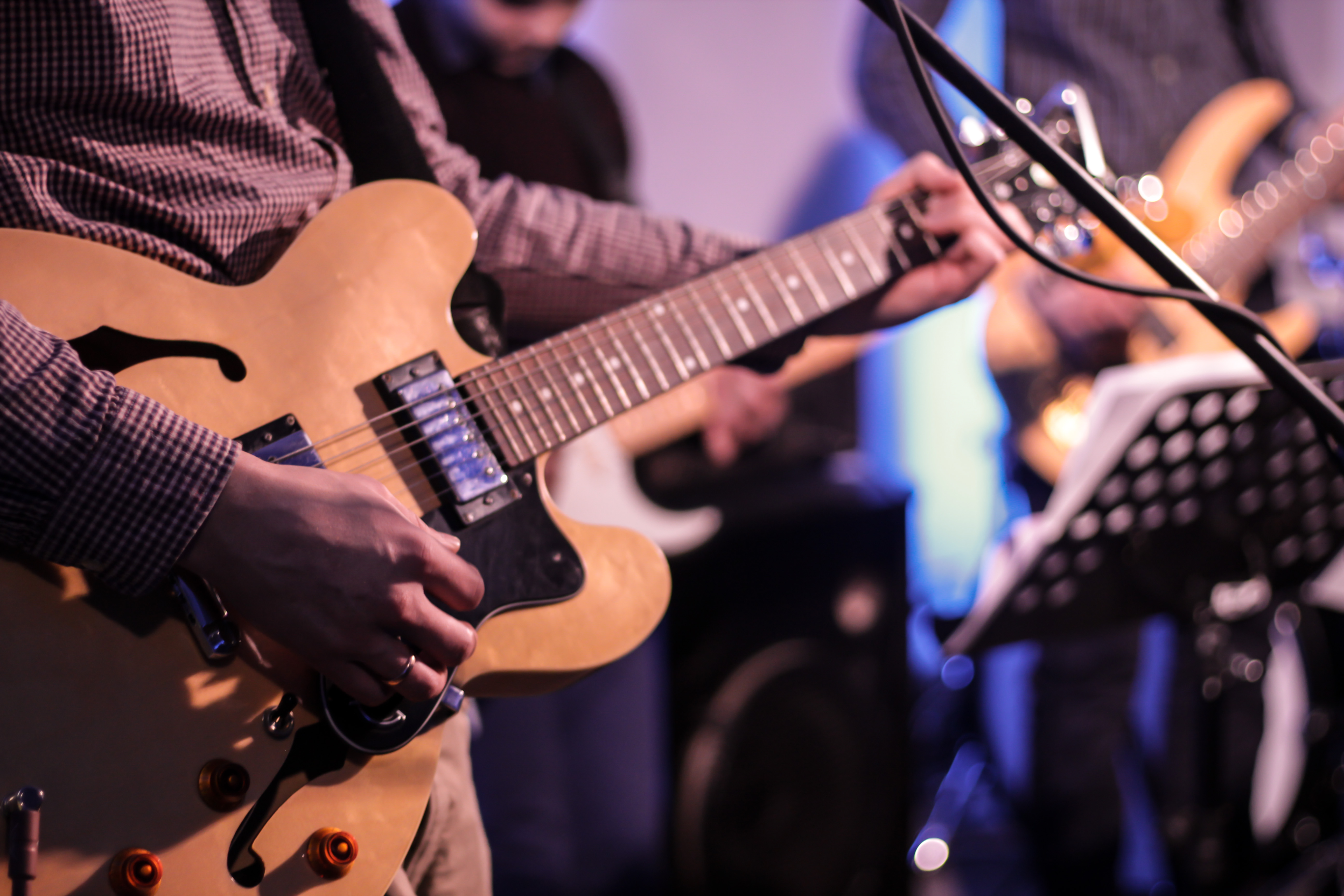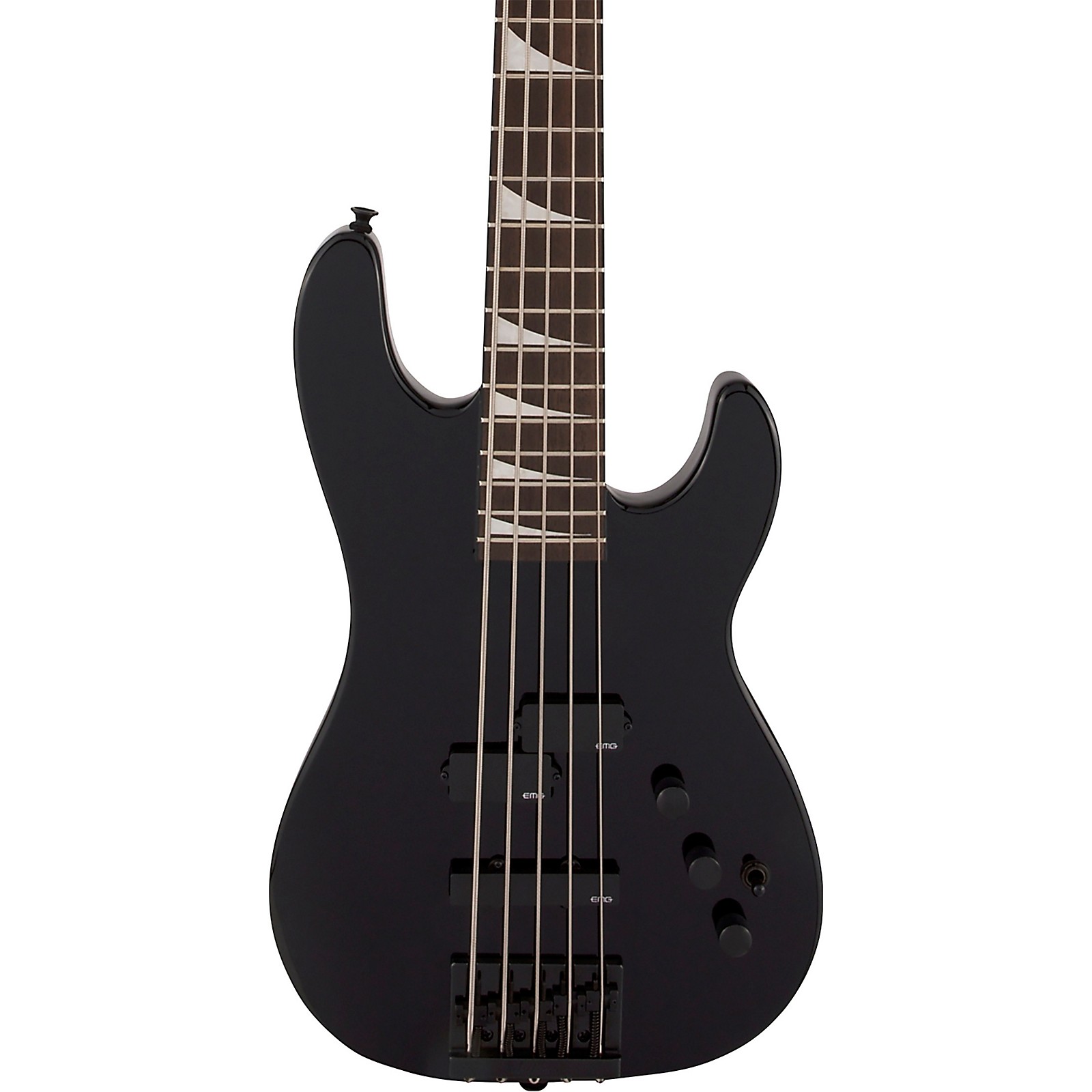
It is one of the most impressive episodes in a remarkable symphony. But the movement's strength is its energy, its march-like and ( tarantella) dance-like thrust, and a no-holds-barred grandeur that is capped by a passage that simulates the magnificent clamor of bells.

In the course of the Finale there are visitors from preceding movements, notably the motto theme and quotations from the slow movement. The tune, by the way, being in the major (D), gives us another of many examples of our somber Rachmaninoff pleading his lyrical case in open-faced, heart-on-sleeve major tonality. The energetic Finale has something of the demonic about it, and in addition, a breathtaking melody of the kind film composers have been trying to approximate for years. The poetic implications of all of this material are capitalized on fully, inimitably, and memorably.

In the central section, the motto theme plays a prominent role, as does a new, pleading four-note figure that appears first in English horn.

Only a phrase of this melody is given as a herald of an extended and equally beautiful song for clarinet that flows seemingly endlessly like a Russian Baroque stream. The first theme, in its simple, first appearance in violins and in its permutations throughout the movement, must be one of the most gorgeous of his inspirations. It's not difficult to single out the Adagio third movement as containing some of the most beautiful music Rachmaninoff ever wrote. In the coda, the motto theme enters briefly in the brass, as a haunting reminder of its presence. Dynamism and brilliance are the vital elements of the movement, but they give way to one of those trademark Rachmaninoff melodies that sings rapturously and soars in spite of its stepwise motion. The second movement Scherzo begins with a suggestion of a melody that was to fascinate Rachmaninoff throughout his life: the "Dies Irae" from the Roman Catholic Mass for the Dead. The materials are developed, then recapitulated, with opulence and passion the chief components. The movement proper, an Allegro moderato, begins with a minor-key main theme clearly adapted from the motto, and, after an agitated passage dominated by triplet figures, moves to a soulful second theme in major, it too enlivened by triplets. The germ of that motto is given at the outset by low strings and then expanded by the violins, and finally extended into an introduction of some 68 measures. Possibly taking a cue from the composer whose admiration he had won - "I was completely under the spell of Tchaikovsky," he once said - Rachmaninoff sends his Symphony's opening motto into all the movements, a procedure Tchaikovsky had adopted in his Fourth and Fifth Symphonies. In the matter of Rachmaninoff's expansiveness, it is well to mention that, although the composer surprisingly sanctioned cuts by some of his colleagues, he always conducted the original, uncut score, which is the one that is being performed at this concert. And a secure craftsmanship is apparent in the structural sturdiness, if not conciseness, of each of the four movements.

What one does find is an abundance of gorgeously conceived lushness and tautly brilliant propulsiveness, both operating within orchestral textures of rich sonority. Feelings indeed predominate in the Symphony one looks in vain for philosophical depth or transcendental visions. Rachmaninoff once said he composed to give expression to his feelings his melodies proclaim his feelings to have been not only somber and brooding, but also warm and tenderly romantic. It is a large-scale work in which the composer comes to grips with symphonic form confidently, with melodiousness triumphantly. The E-minor Symphony was composed in Dresden, to which he had repaired for a brief period of retirement from concert activities, and premiered in Moscow with great success in 1909. But, after his remarkable cure, heralded by his wildly successful Second Piano Concerto, he married (in 1902), then went on to increase his triple-pronged fame as composer, pianist, and conductor. The very existence of a second symphony by Rachmaninoff testifies to an indomitable, if pessimistic, creative spirit, inasmuch as his "First Symphony Depression" threatened to halt his composing entirely.


 0 kommentar(er)
0 kommentar(er)
